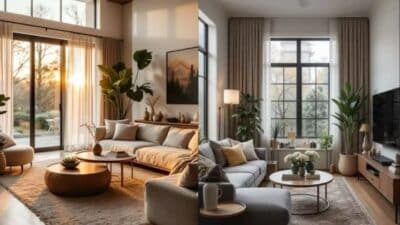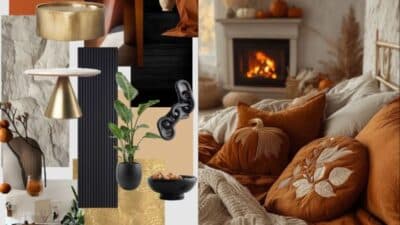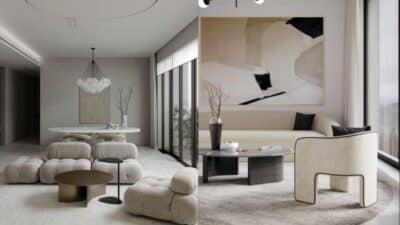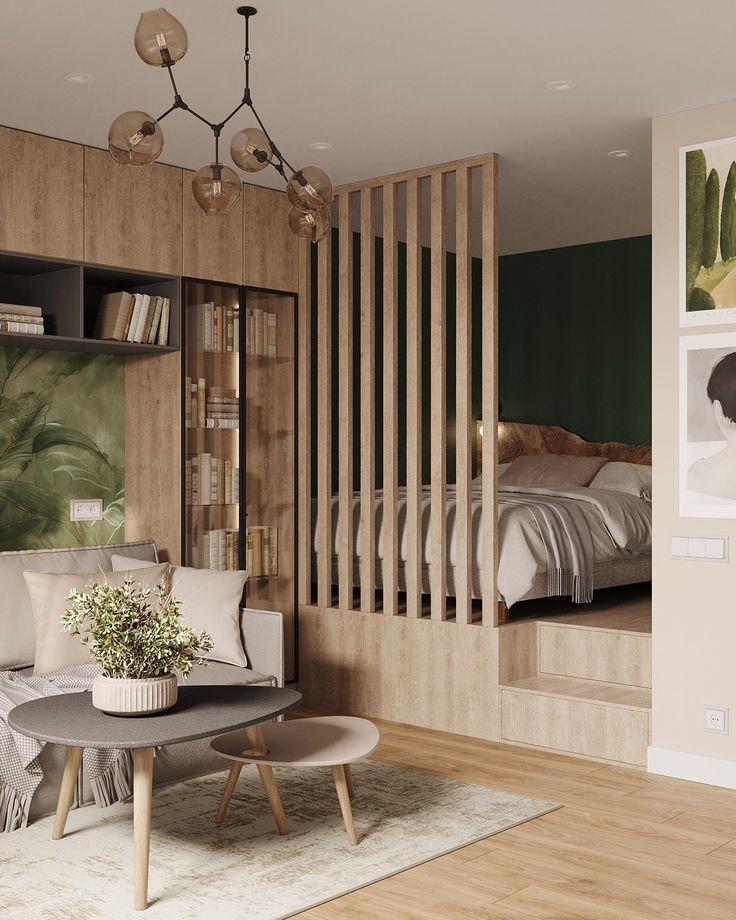
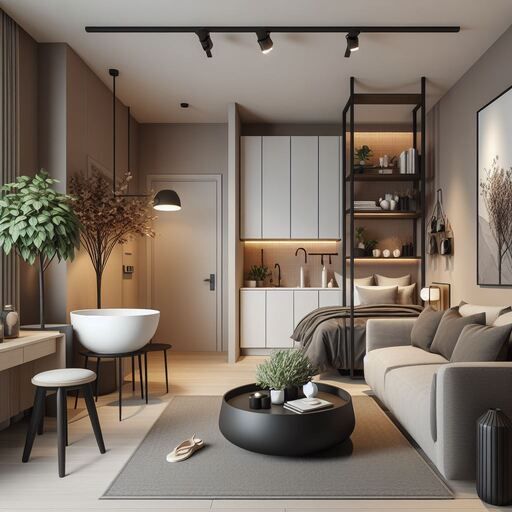
Micro-apartments are small living spaces designed to maximize efficiency in urban areas where space is limited and rent is high. They offer a practical solution for people who want to live in the city without paying for more space than they need. These compact units often include clever storage and multi-purpose furniture to help residents use every inch wisely.
Living in a micro-apartment means adapting to a simpler lifestyle. It suits those who prioritize location and affordability over large living areas. While space is tight, well-planned designs and access to shared amenities can make living comfortable and convenient.
Key Takeways
- Micro-apartments help save money in expensive cities.
- Smart design is essential for making small spaces livable.
- This lifestyle fits those who value location and simplicity.
What Are Micro-Apartments?
Micro-apartments are small living spaces designed to maximize function in a limited area. They differ from regular apartments mainly in size and layout, focusing on essential living needs. These spaces often have flexible designs to accommodate busy city life.
Definition and Key Features
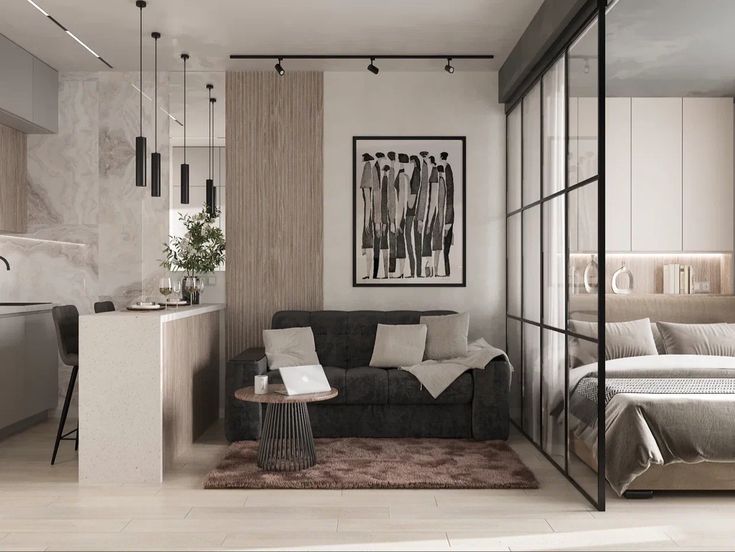
Micro-apartments usually range from 200 to 400 square feet. They combine living, sleeping, and kitchen areas into one compact room. Bathrooms are small but functional, often with space-saving fixtures.
Key features include built-in storage, foldable furniture, and efficient use of vertical space. Some have shared amenities like laundry rooms or lounges to save space inside the unit. The focus is on minimalism and practicality, helping residents live comfortably in tight quarters.
Comparison to Traditional Apartments
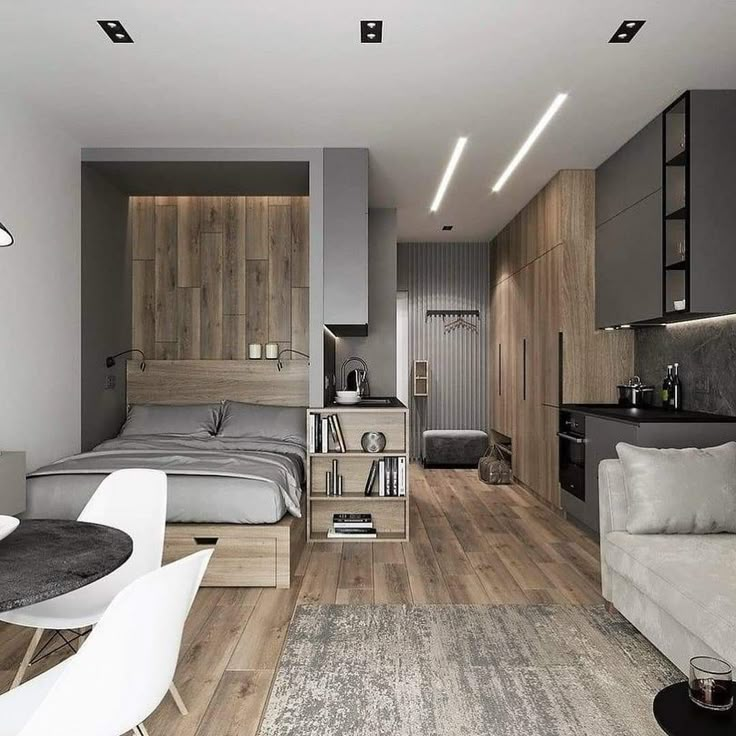
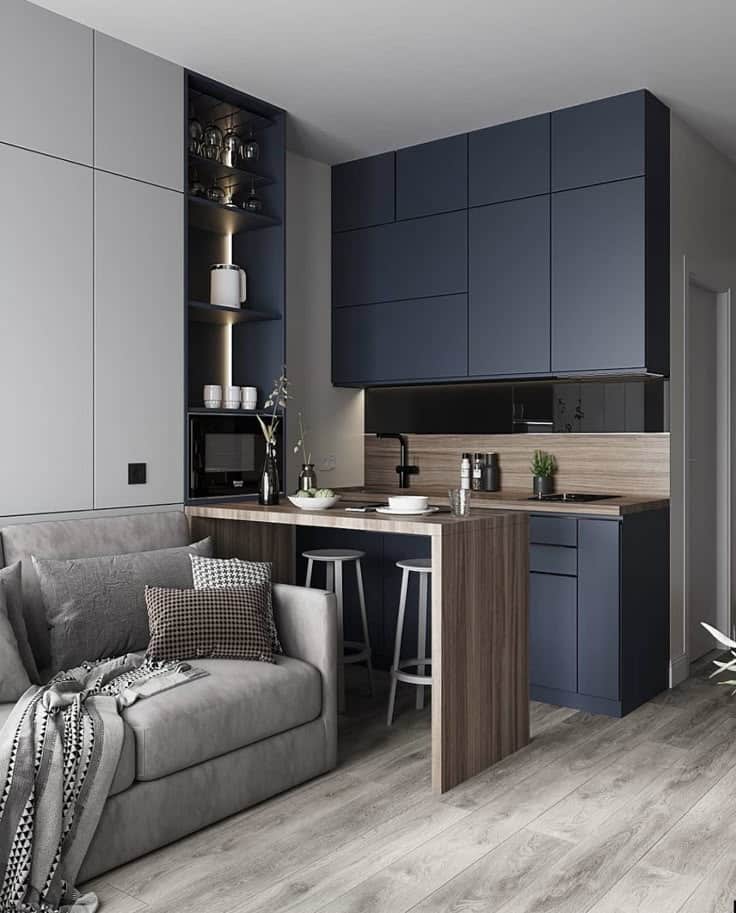
Traditional apartments are generally larger, starting around 600 square feet for a one-bedroom. They separate living, sleeping, and cooking spaces into different rooms. Micro-apartments sacrifice this room separation for compactness.
Rent for micro-apartments is often lower or similar, depending on location. Utilities might be included to reduce costs. Because of their size, micro-apartments attract people who spend less time at home or need affordable housing in expensive cities.
Common Floor Plans
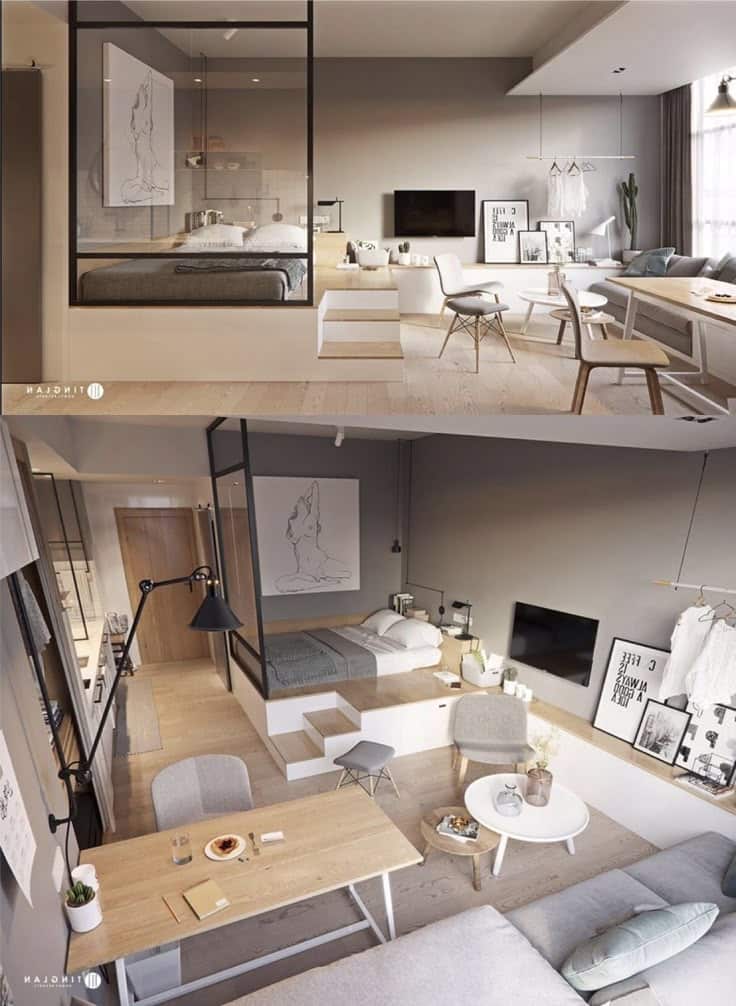
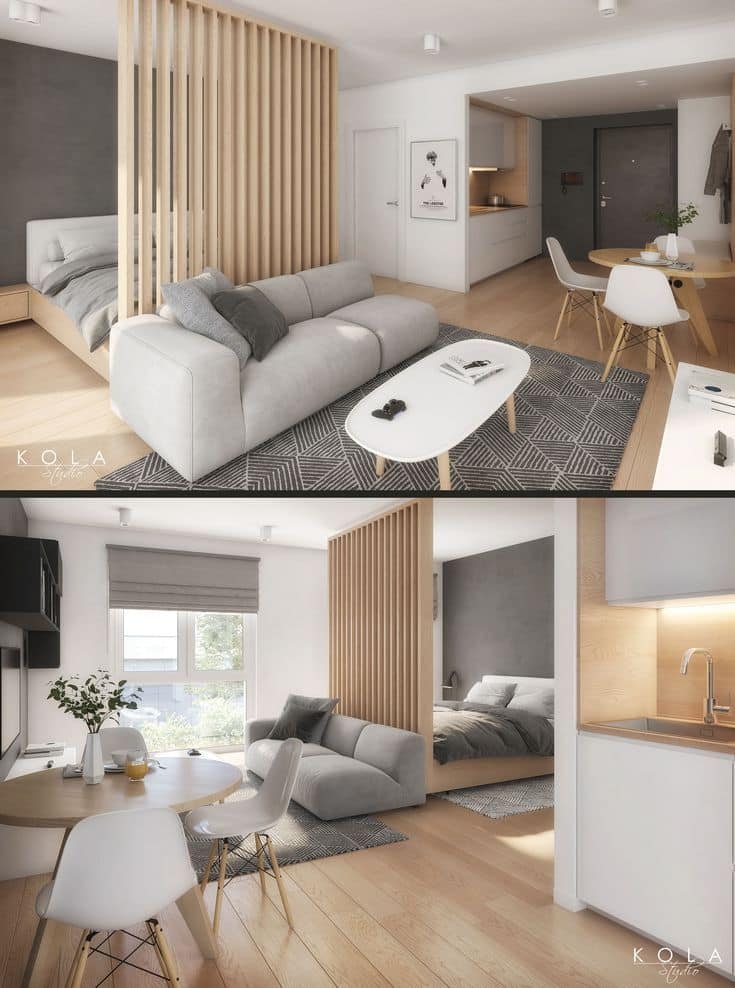
Most micro-apartments have open layouts combining a living area and bedroom. The kitchen is usually a kitchenette with basic appliances like a mini-fridge, microwave, and small stove. Bathrooms are compact but include a toilet, sink, and shower.
Some designs use loft beds to free up floor space below. Others have furniture that folds into the walls, like Murphy beds or fold-out tables. Storage is often built into walls or under furniture to keep the space uncluttered.
| Feature | Typical Size | Notes |
|---|---|---|
| Living/Sleeping | Combined, 150-250 sqft | Open layout, multi-use space |
| Kitchenette | 30-50 sqft | Compact appliances only |
| Bathroom | 25-40 sqft | Small but full, space-saving |
| Storage | Built-in or hidden | Closets, shelves, under beds |
Benefits of Living in Micro-Apartments
Micro-apartments focus on saving money, offering locations close to work and shops, and reducing environmental impact. These factors make them practical for many people living in busy cities.
Affordability and Cost Savings
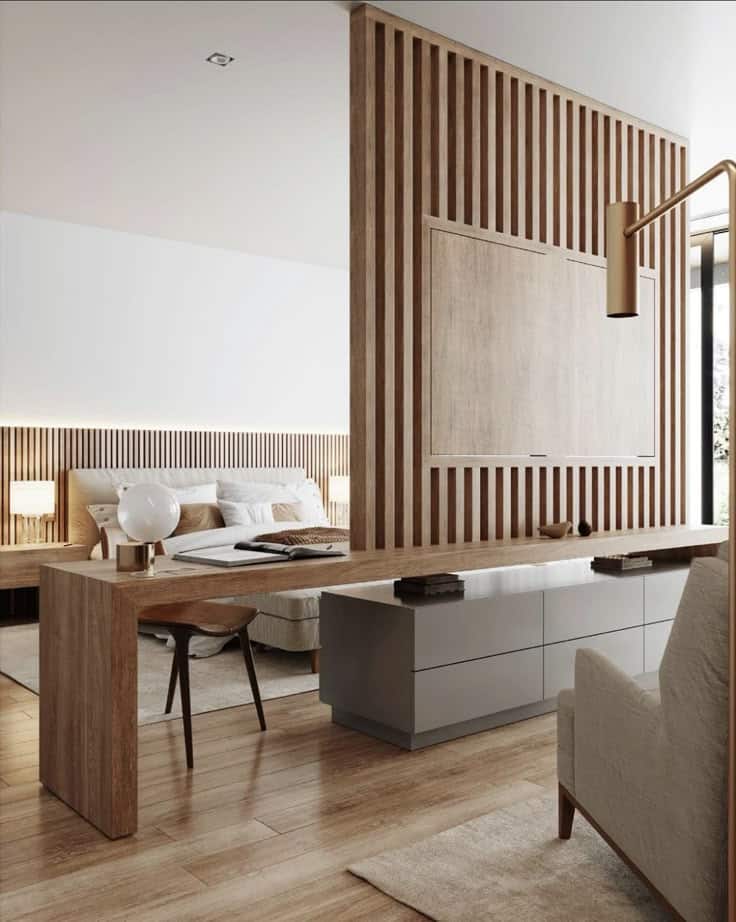
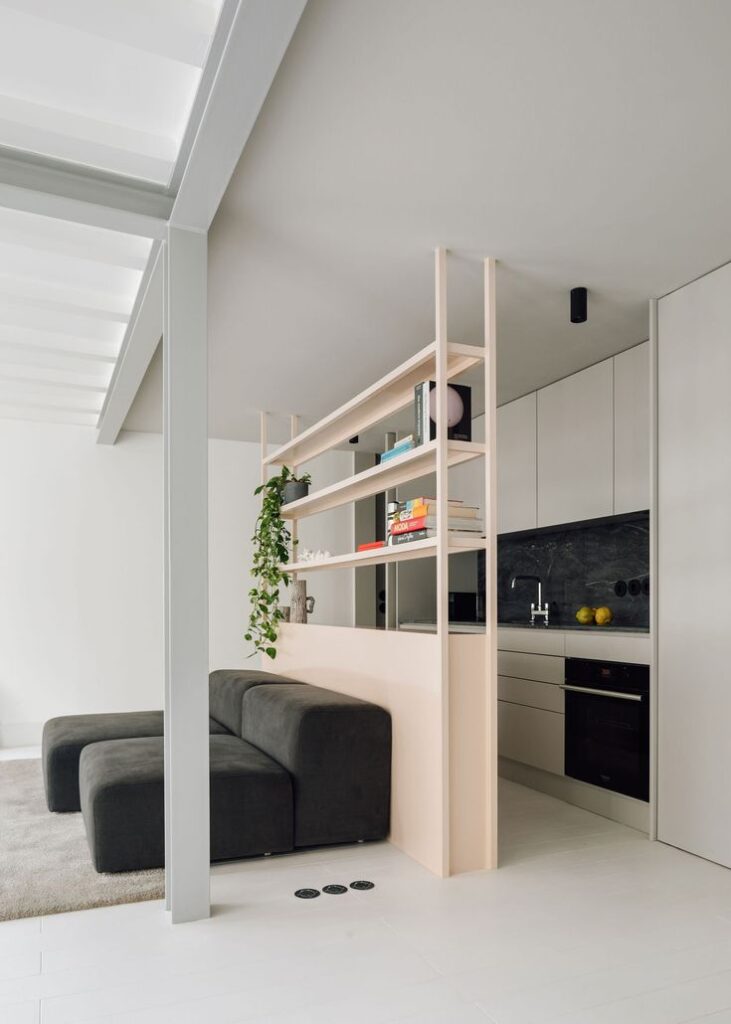
Micro-apartments usually cost less than traditional apartments. Rent and utilities are lower because the space is smaller. This helps tenants manage monthly expenses better.
Furnishing a micro-apartment costs less too. People buy only essential furniture, which saves money. Many also spend less on heating and cooling since the space is compact.
Living in a micro-apartment can reduce transportation costs. With the apartment often near work, shops, and public transit, tenants rely less on cars or ride-shares. This cuts fuel and parking expenses.
Prime Urban Locations
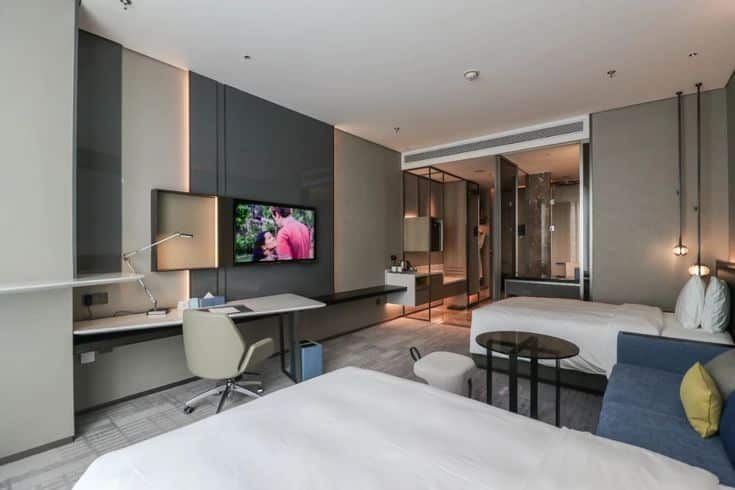
Micro-apartments are often located in city centers or close neighborhoods. This gives residents easy access to jobs, schools, and entertainment.
Being near public transit hubs is common, which simplifies commuting. Walking or biking to daily destinations becomes easier.
Since these apartments are smaller, developers can fit more units in a building. This helps cities meet the high demand for housing close to urban amenities.
Eco-Friendly Living
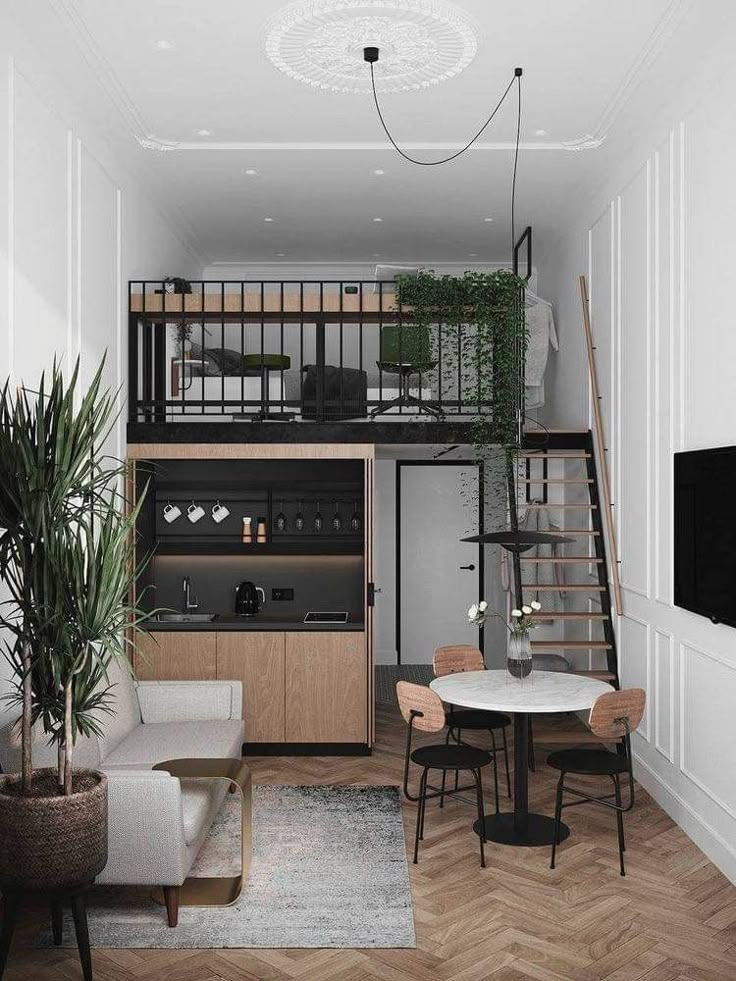
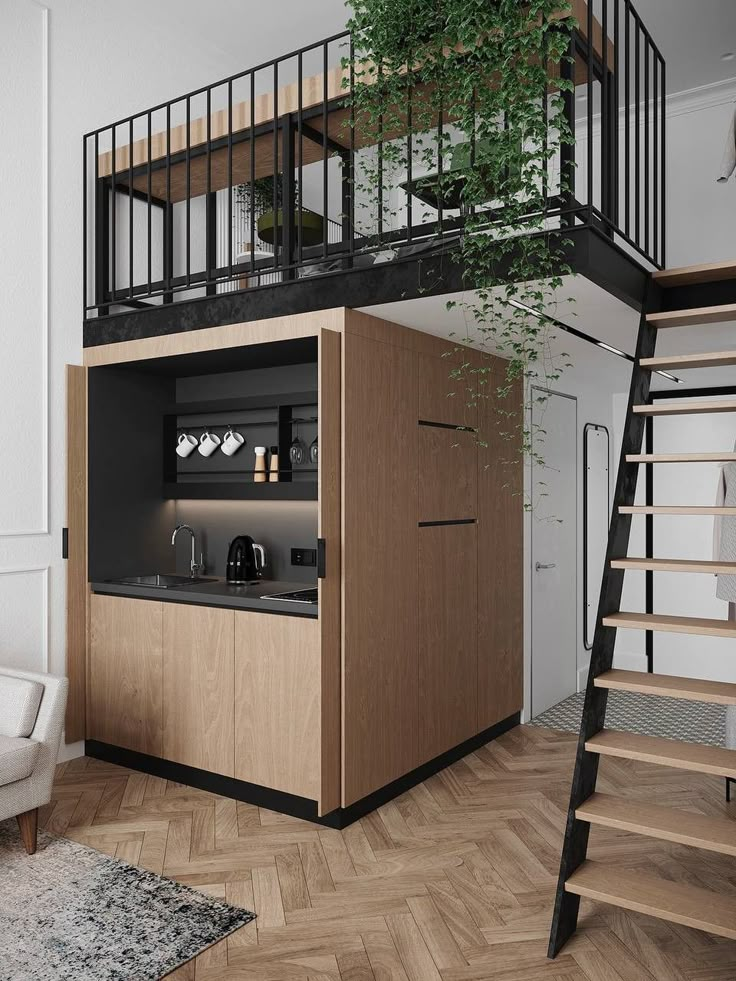
Micro-apartments use less space and fewer resources. This helps cut down energy use and waste. Tenants usually consume less electricity and water.
Building micro-apartments requires fewer materials than larger homes. This lowers the environmental footprint of construction.
Smaller apartments encourage minimalism. Residents tend to buy fewer things, which reduces waste and the need for storage. This lifestyle supports a greener way of living.
Challenges and Considerations
Living in a micro-apartment means adapting to tight spaces and limited storage. It also requires paying attention to privacy and noise levels, which can affect daily comfort.
Limited Space Constraints
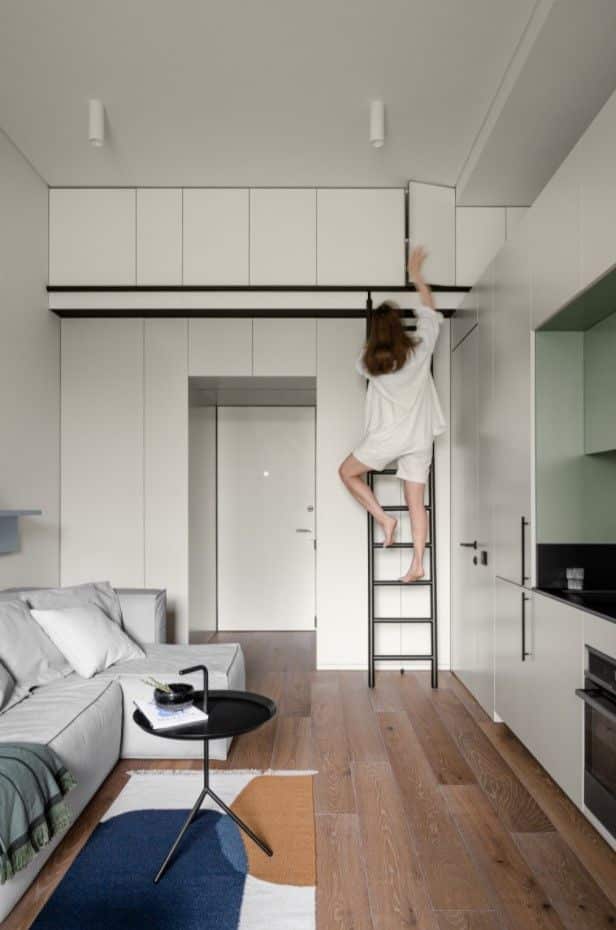
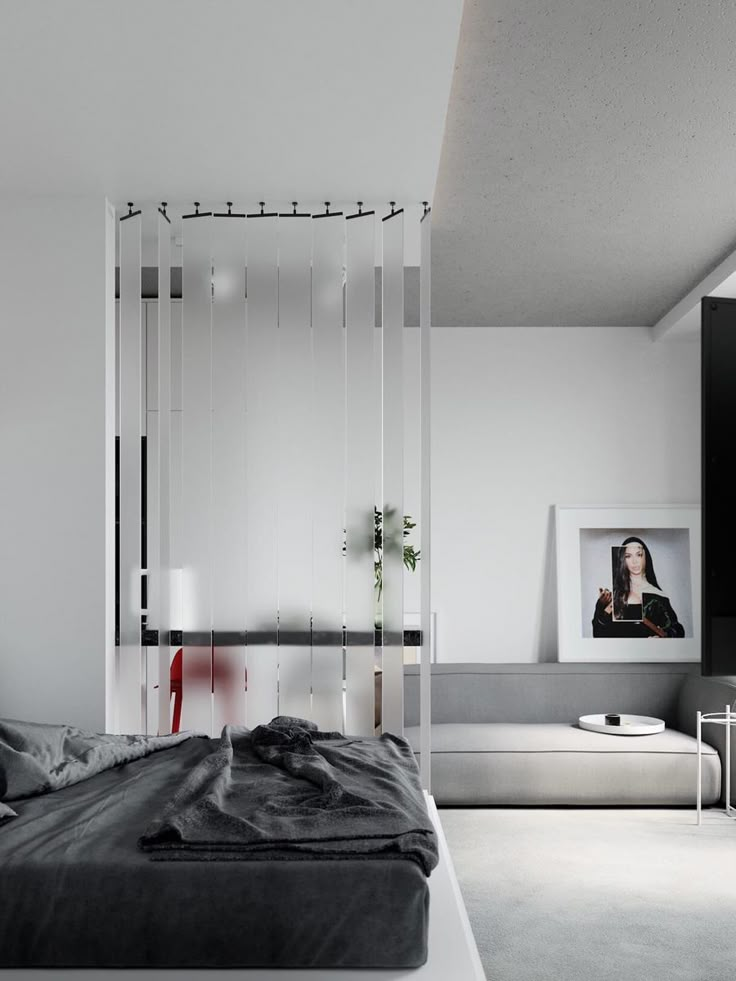
Micro-apartments usually range from 200 to 400 square feet. This small size limits the number of furniture items and belongings residents can keep.
The tight quarters force people to prioritize essentials. For example, large sofas or dining tables often don’t fit. Instead, multi-use furniture like sofa beds or foldable tables become necessary.
Limited space may affect activities like cooking, working, or relaxing. Many micro-apartments combine these functions in one area, which can feel crowded or cluttered if not carefully planned.
Storage Solutions and Organization
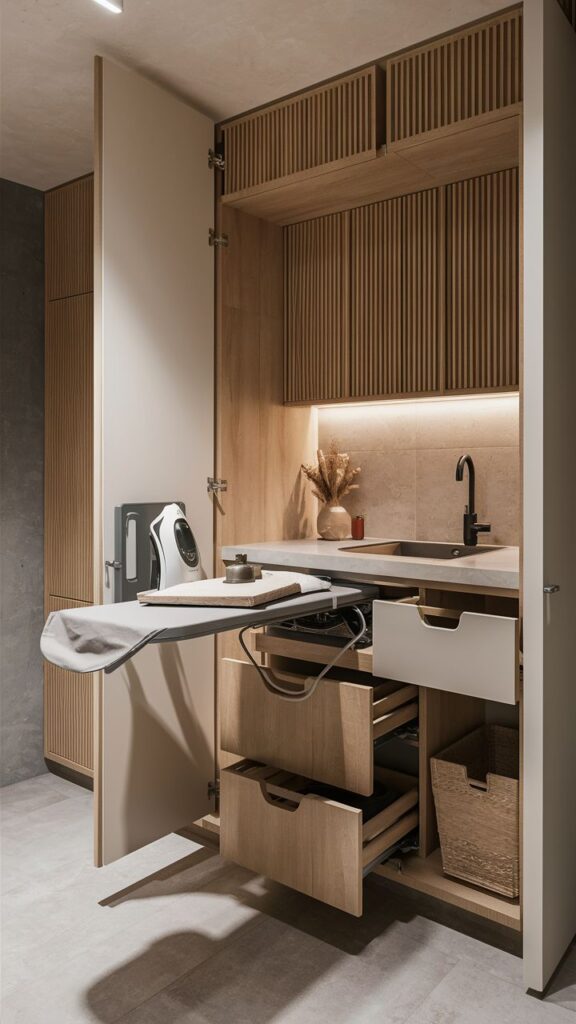
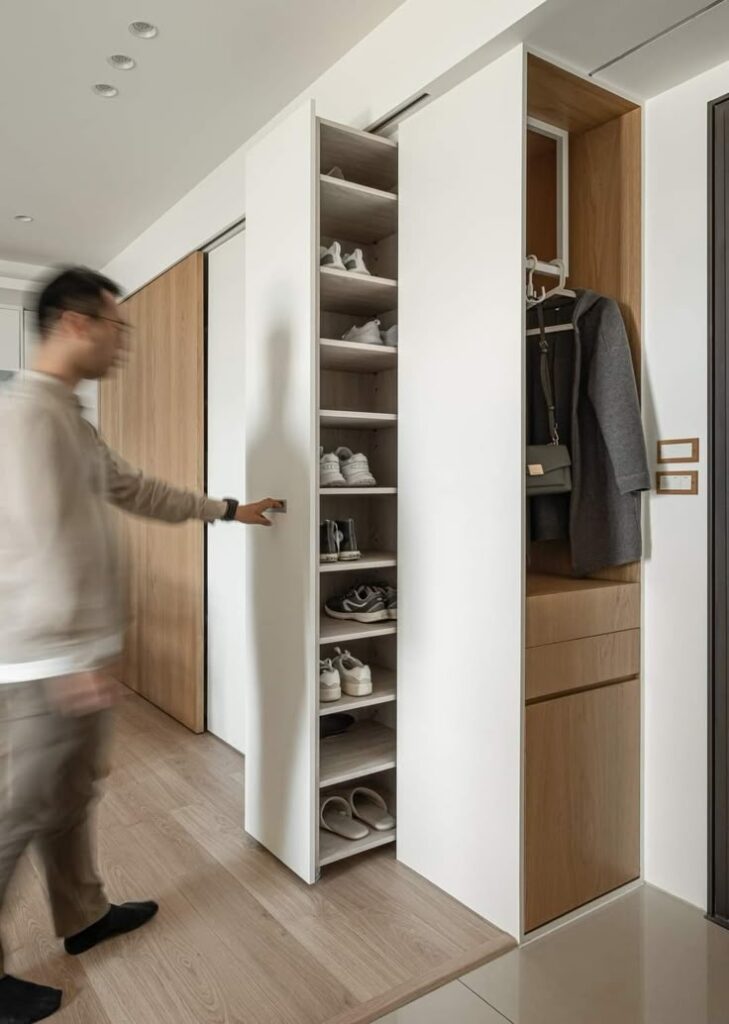
Storage is a major concern in micro-apartments. There is often not enough closet or cabinet space for all personal items.
Residents rely on smart storage solutions. These include under-bed drawers, wall-mounted shelves, and furniture with built-in storage.
Keeping things organized is key to avoid clutter. Using labeled bins and reducing non-essential items helps maintain order and frees up living space.
Storage Tips:
- Use vertical space with tall shelves
- Choose furniture with hidden compartments
- Store seasonal items off-site if possible
Privacy and Noise
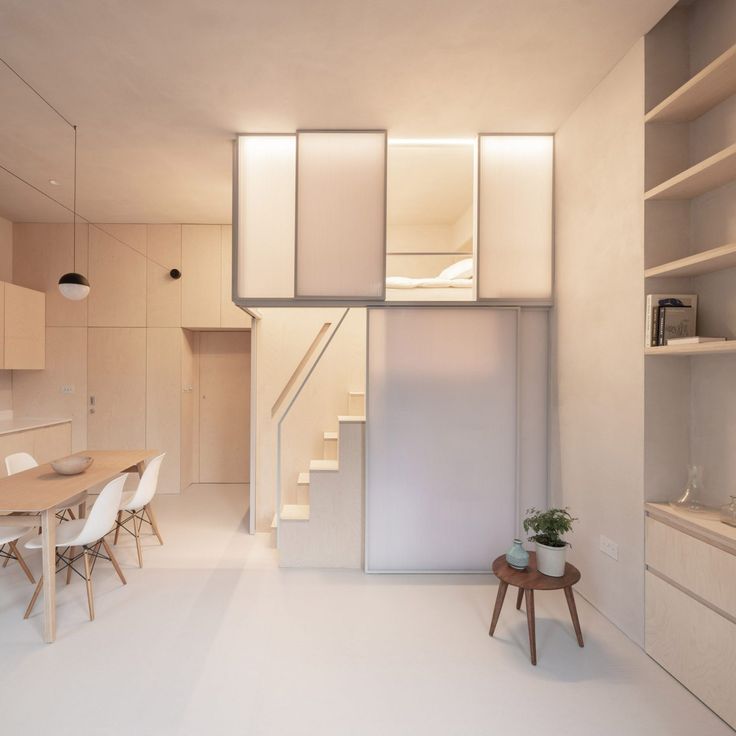
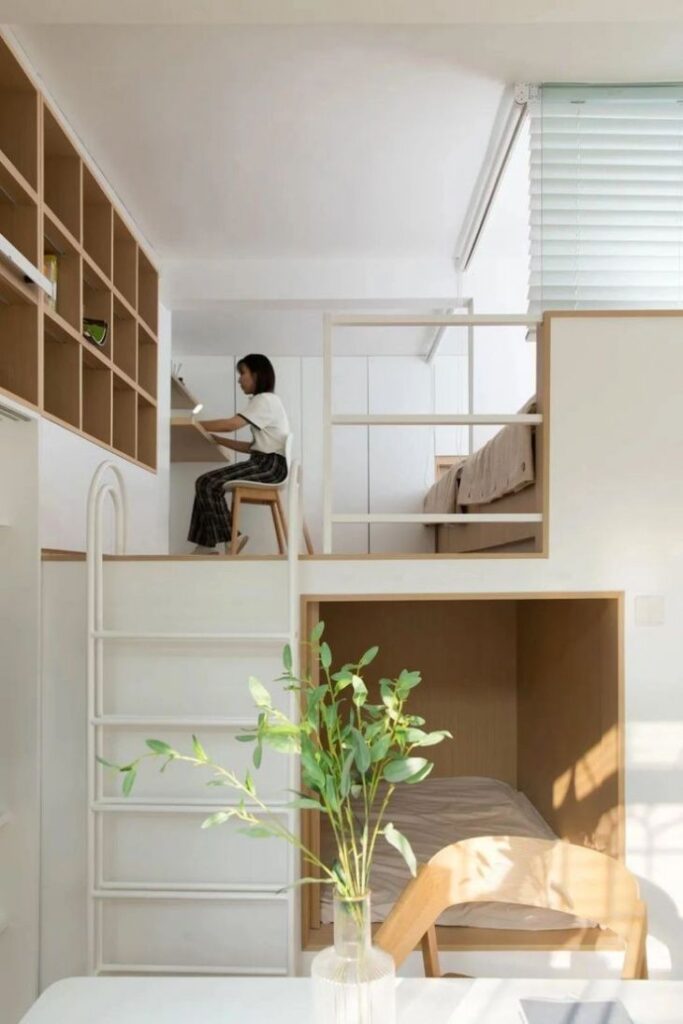
Micro-apartments often have thin walls and shared buildings, which can lead to noise issues.
Lack of physical barriers means less privacy. People may hear neighbors’ conversations, music, or other sounds more clearly.
To improve privacy, residents might use headphones, white noise machines, or soundproof curtains. Some may add room dividers inside to create separate zones within the apartment.
Managing noise and privacy is important to maintain comfort and reduce stress in a small living environment.
Design and Layout Tips
Good design in micro-apartments focuses on creating space, using furniture that serves multiple purposes, and choosing the right lighting and colors. These elements help make the small area feel larger and more comfortable.
Maximizing Small Spaces
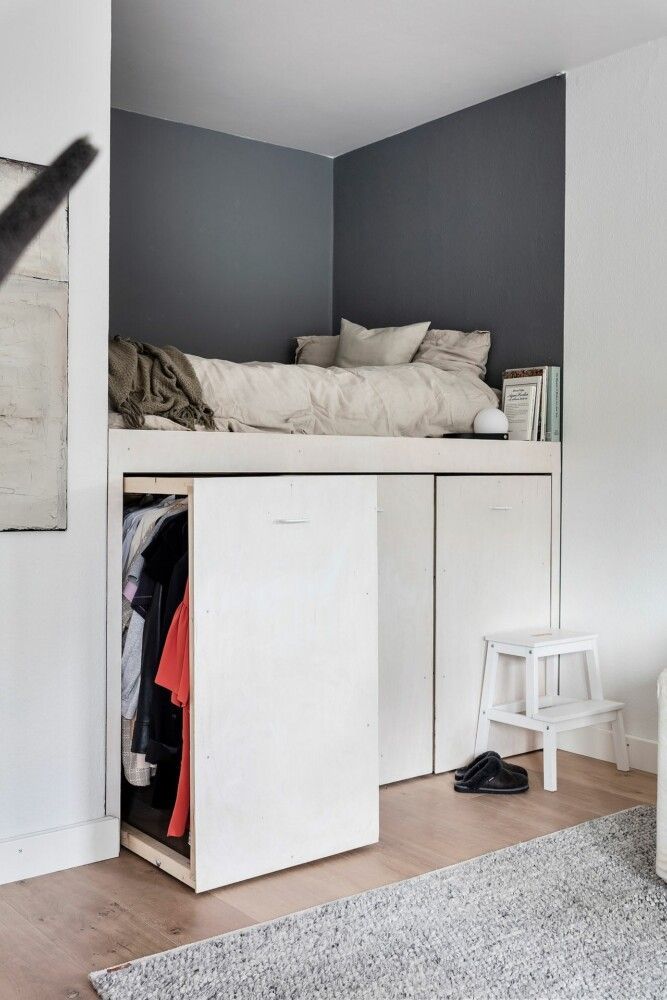
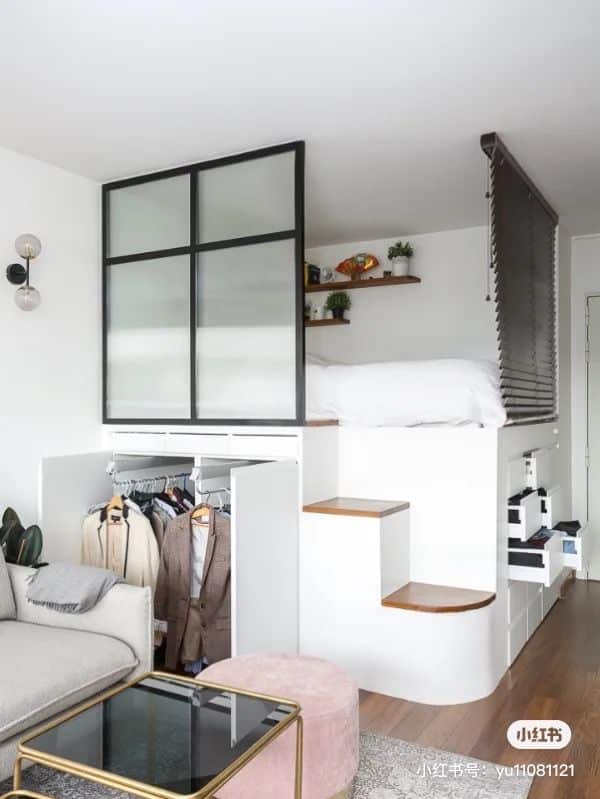
Using vertical space is essential in small apartments. Shelves mounted on walls or above doors keep items off the floor and free up room. It also helps to use under-bed storage or stackable containers to organize belongings.
Clear pathways are important. Furniture should not block movement or doorways. Choosing slim and lightweight pieces makes the area feel less crowded. Mirrors are useful because they reflect light and give the impression of more space.
Multipurpose Furniture
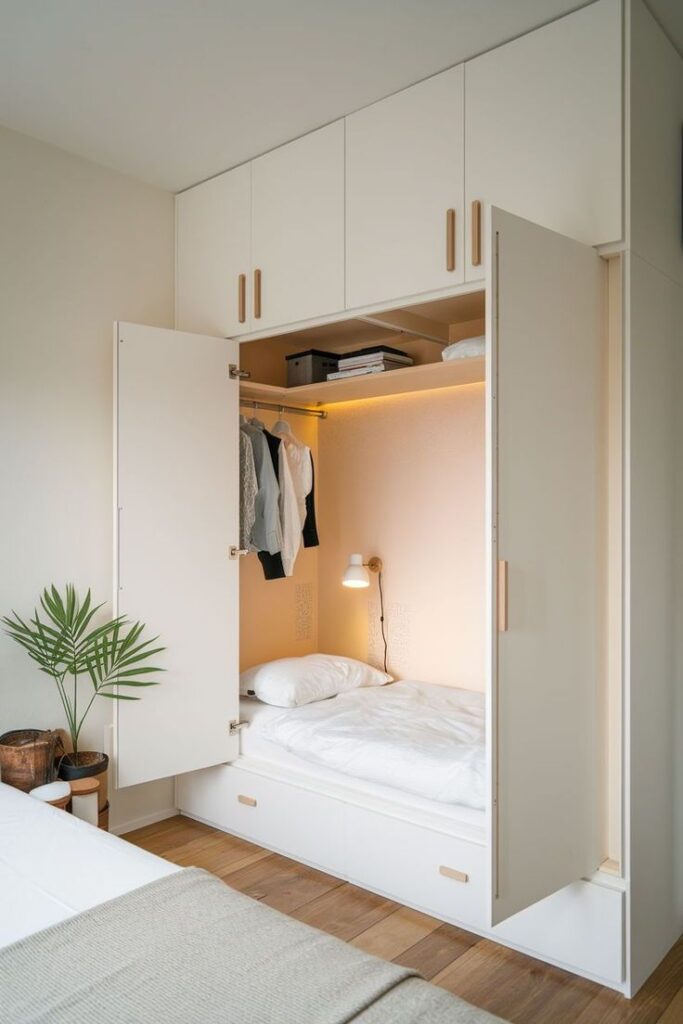
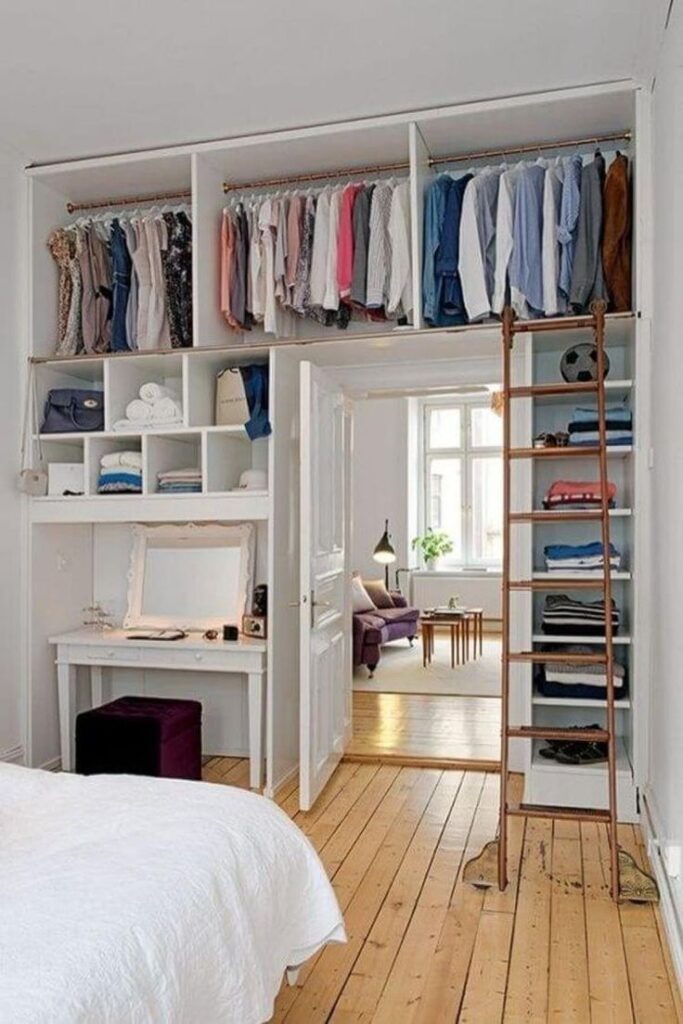
Furniture designed for more than one use saves space and adds function. A sofa bed or a fold-down desk can change a living room into a sleeping or work area quickly.
Tables with storage drawers or ottomans that open up for hidden storage help reduce clutter. Folding chairs and collapsible tables are easy to put away when not in use, freeing floor space.
Lighting and Color Choices
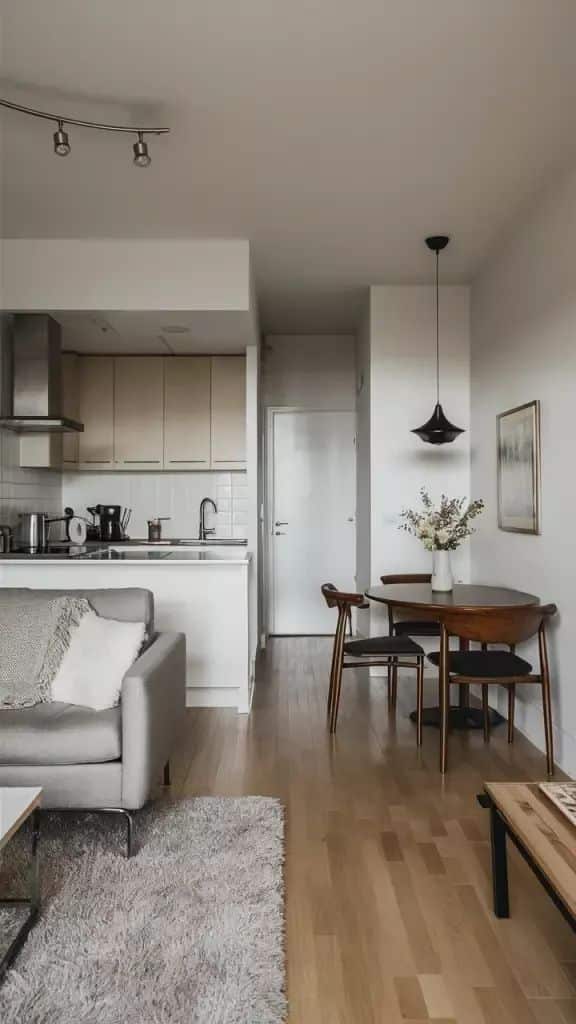
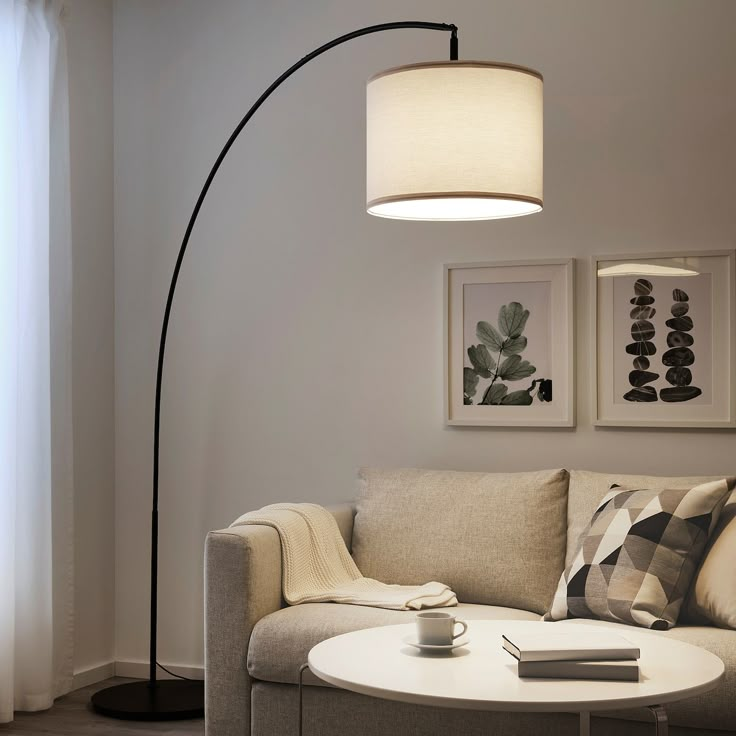
Natural light brightens small spaces and makes them feel open. Thin, light-colored curtains allow more sunlight to enter. For artificial lighting, layered options work best. Overhead lights combined with task lamps give flexibility.
Lighter colors on walls and furniture reflect light better. Shades like white, beige, or pastels make rooms look bigger. Dark colors should be limited to small doses or accents to avoid closing in the space.
Lifestyle and Daily Living
Living in a micro-apartment requires practical adjustments to daily habits and space use. It means focusing on essentials, finding creative ways to host friends, and considering how pets fit into a smaller area.
Minimalist Mindset
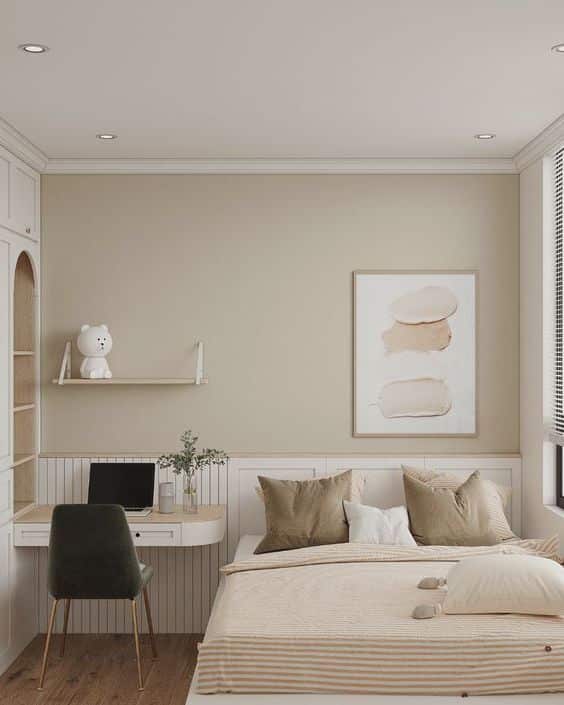

Residents in micro-apartments usually adopt a minimalist mindset. They keep only what they really need and use regularly. This helps to avoid clutter and makes the small space feel more open.
Storage solutions are key. Many use multifunctional furniture, like beds with drawers or fold-out tables, to save space. Decluttering often becomes a regular routine to prevent accumulation of unnecessary items.
This lifestyle encourages buying less and choosing items with multiple uses. Personal belongings are carefully selected to balance comfort with limited room.
Entertaining Guests
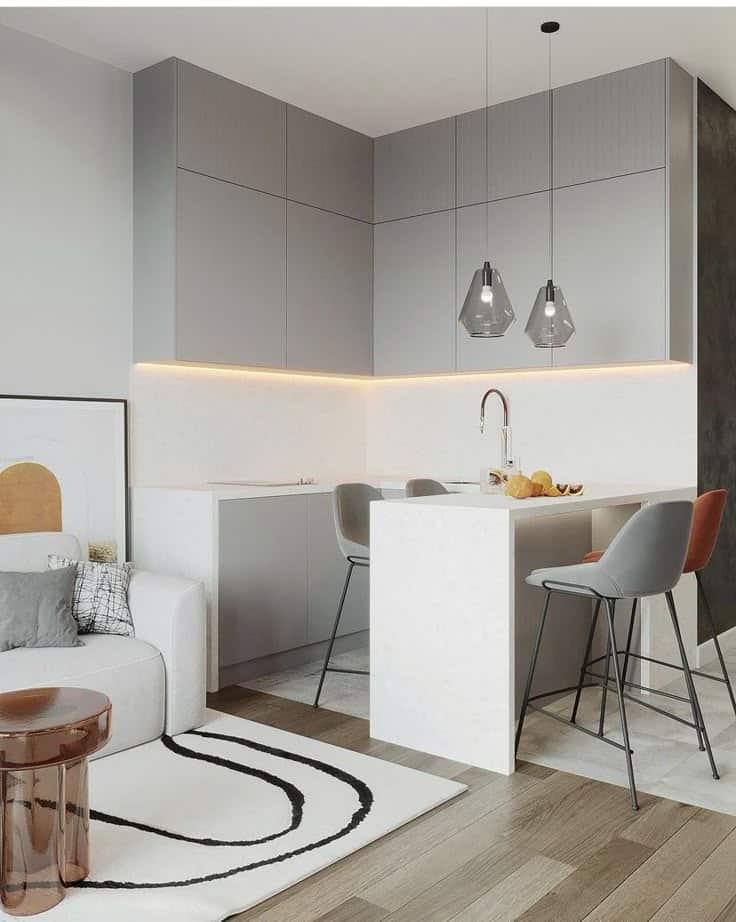
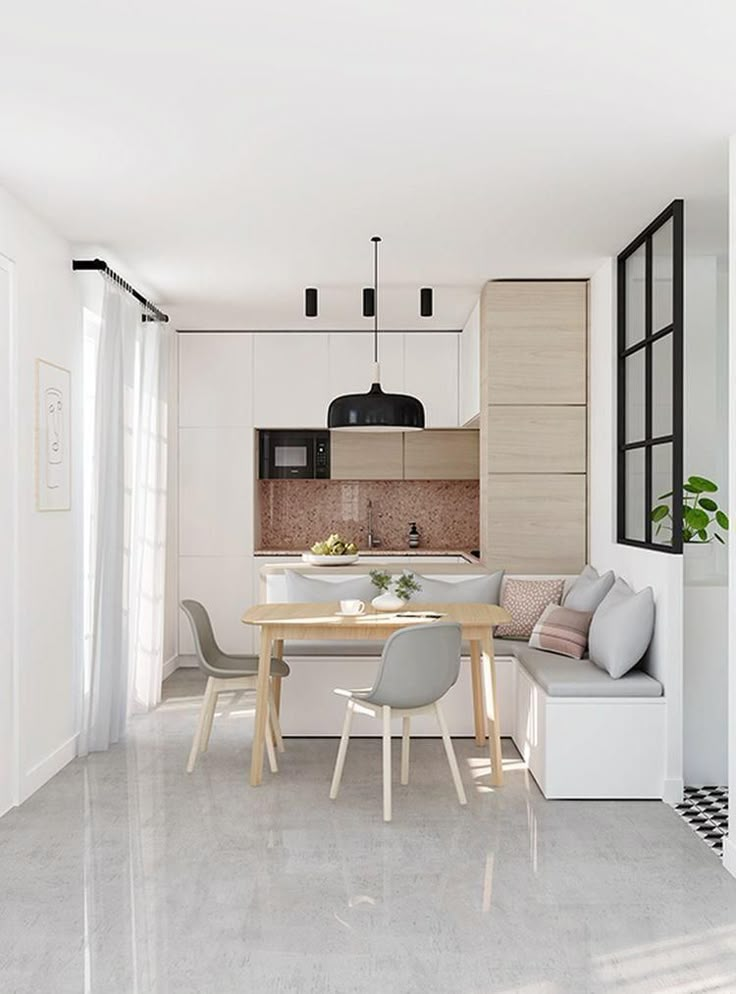
Entertaining in a micro-apartment takes planning but is possible. Hosts often keep visits small, limiting the number of people at once to avoid crowding.
Using compact, flexible furniture can help. Folding chairs and tables can be stored when not in use, creating more room for guests. Some apartments have shared lounge areas that host larger gatherings.
Simple snacks and drinks that don’t require much prep or cleanup are preferred. The key is creating a comfortable, uncluttered environment without overcrowding the space.
Pet Ownership in Small Spaces
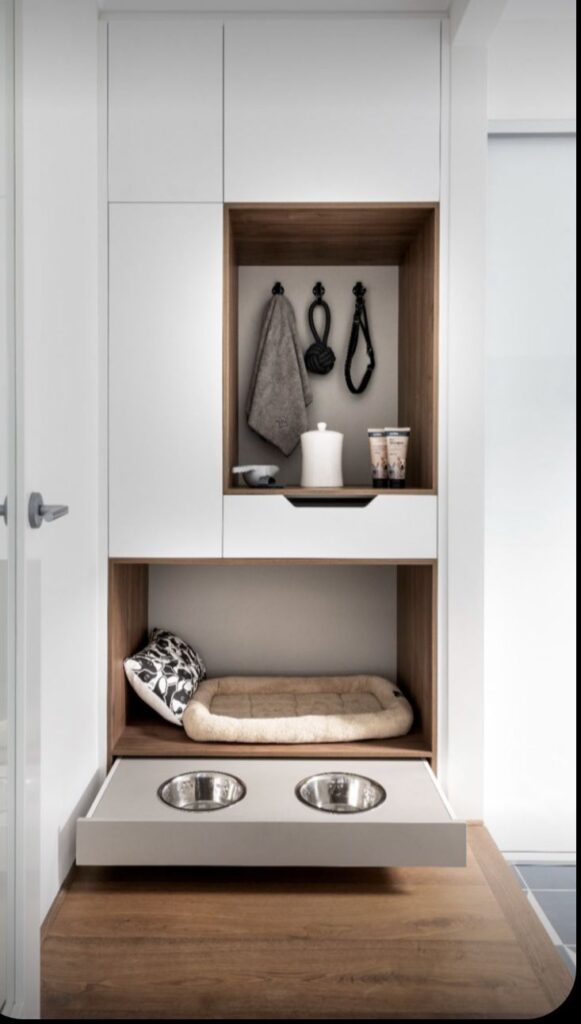
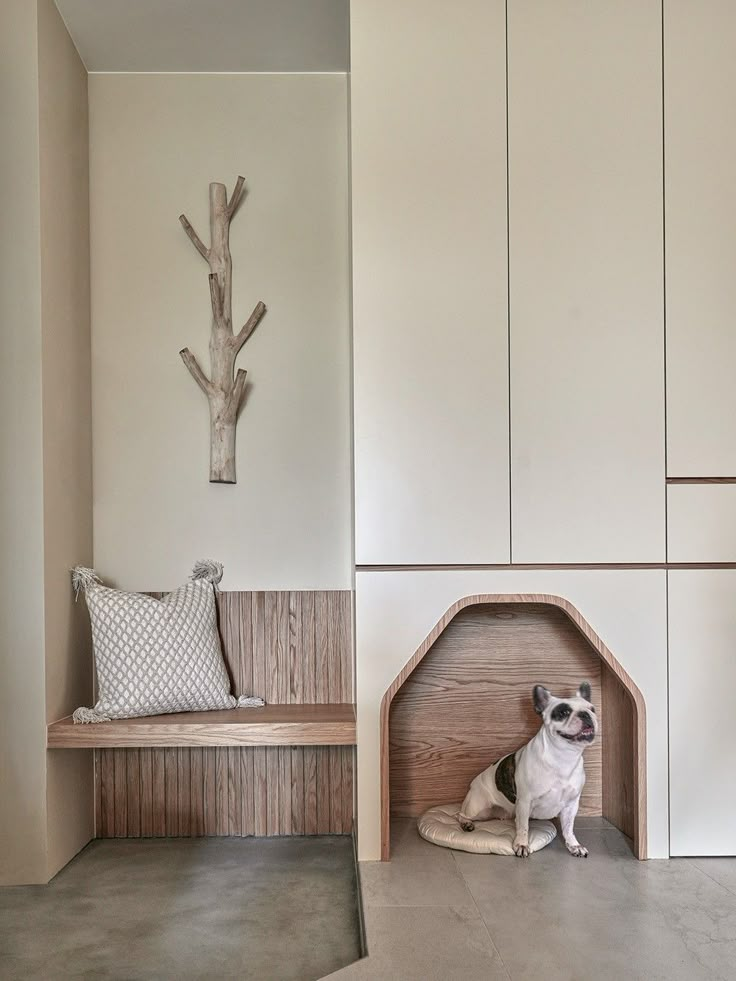
Owning pets in micro-apartments requires extra care. It is important to choose the right pet size and breed. Small or low-energy animals adapt better to limited space.
Daily exercise outside the apartment is essential for pets’ health and to prevent restlessness indoors. Owners also use vertical space for pet beds or climbing areas to save floor space.
Hygiene is more important because small areas can show messes quickly. Regular cleaning and pet-specific furniture help keep the space livable for both pets and owners.
Community and Shared Amenities
Many micro-apartment buildings focus on providing well-designed shared spaces to make up for smaller private living areas. These spaces encourage social interaction, offer practical facilities, and ensure residents feel safe and welcomed.
Common Areas and Facilities
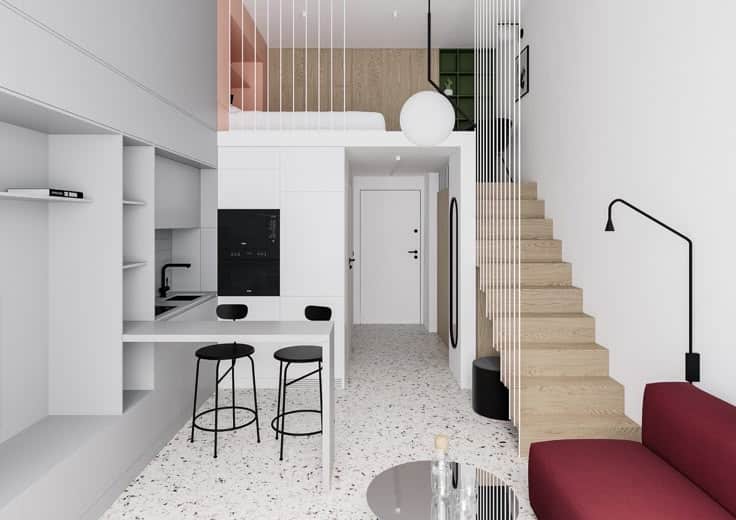
Micro-apartment buildings often include shared kitchens, laundry rooms, lounge areas, and rooftop decks. These places are designed to maximize space while offering comfort and convenience. Kitchens may feature multiple cooking stations to prevent crowding.
Some buildings also provide fitness centers, coworking spaces, and bike storage. These amenities help residents maintain their daily routines without leaving the building. Well-maintained common areas improve convenience and add value to living in a small space.
Community Engagement
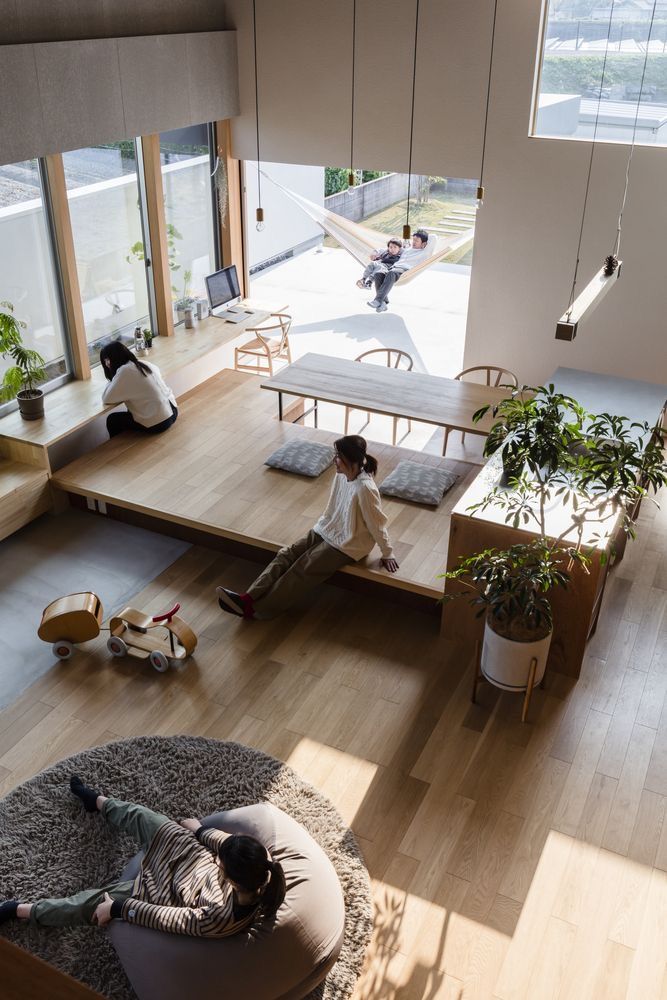
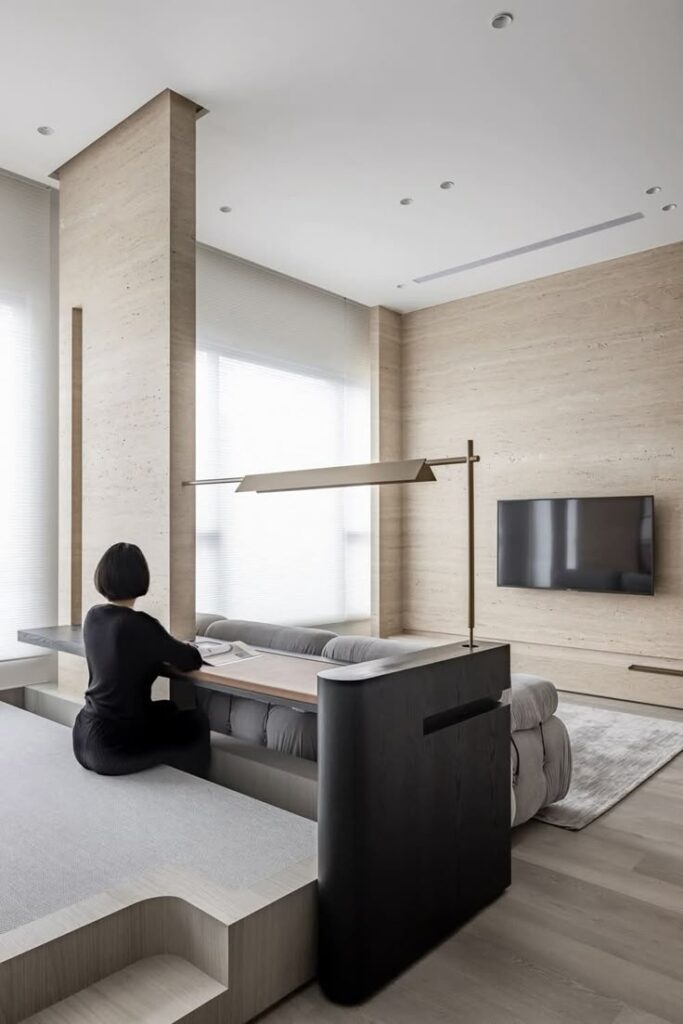
Micro-apartment communities often organize events like meet-and-greet socials, movie nights, and group fitness classes. These activities help residents connect and build friendships. Many buildings also have digital platforms or apps where residents can share information or plan gatherings.
Community spaces can foster a sense of belonging, reducing the isolation that might come from living in a small apartment. Social programs are usually designed to fit busy urban lifestyles.
Security and Accessibility
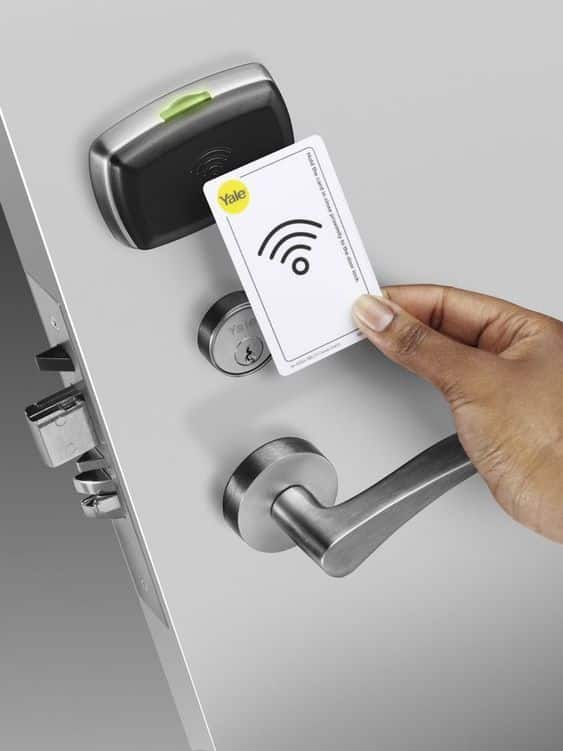
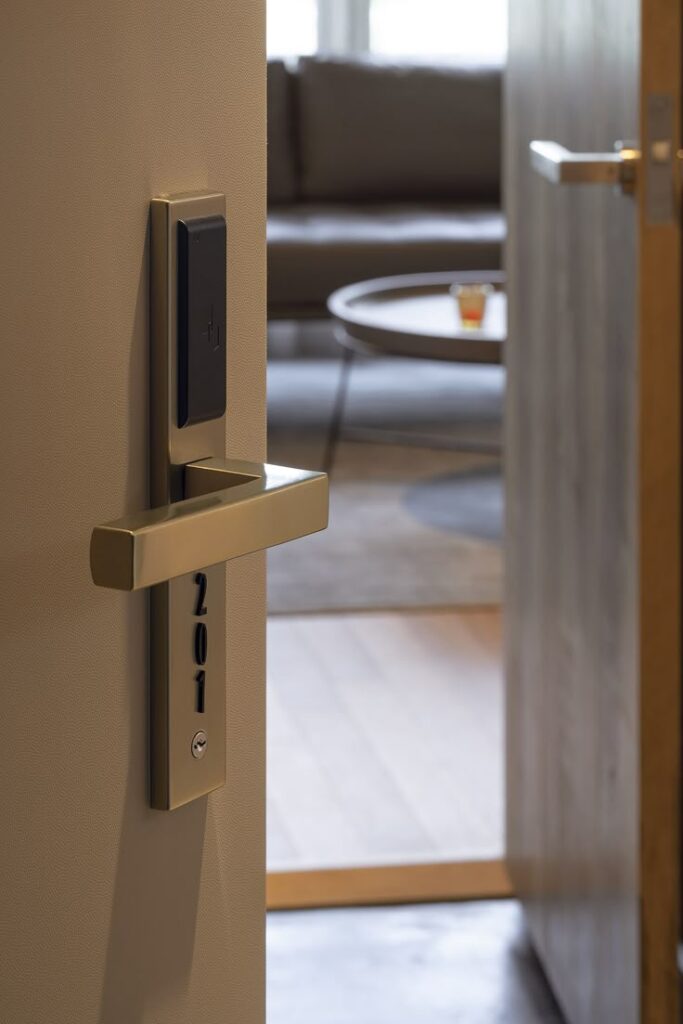
Security features in micro-apartment buildings usually include key-card or fob access, surveillance cameras, and on-site staff or doormen. These measures help ensure safety without large lobbies or multiple entrances.
Accessibility is another focus, with buildings designed to be easy to navigate for people with disabilities. Elevators, wide doorways, and ramps are common. Reliable security and accessibility make micro-apartments practical for a wide range of residents.
Cost of Living in Micro-Apartments
Living in a micro-apartment affects how much someone spends each month. Rent and utility bills are usually lower, but there can be extra costs that add up. How much a person gets back on this type of investment depends on several factors.
Rent and Utility Expenses
Micro-apartments generally cost less in rent than standard apartments. This is because the space is much smaller, often under 400 square feet. Rent might be 30% to 50% cheaper in cities where housing is expensive. Utilities like water, gas, and electricity are also lower since there is less space to heat or cool.
Many micro-apartments have utilities included in the rent, making it easier to budget. However, if utilities are separate, residents should expect smaller bills around $30 to $70 monthly. Internet and other services usually cost the same as in larger homes.
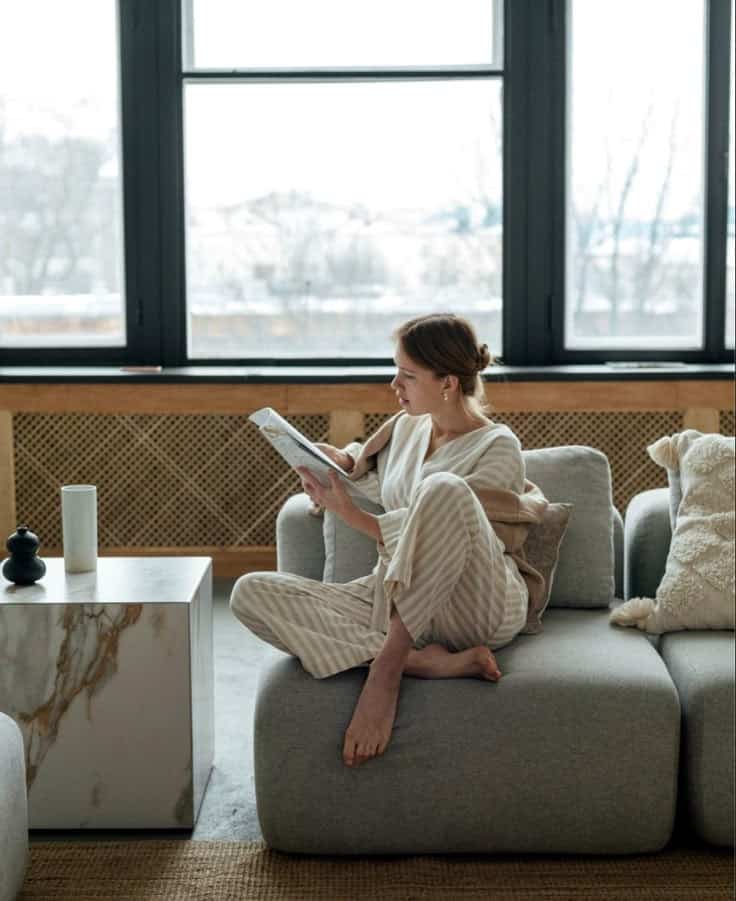
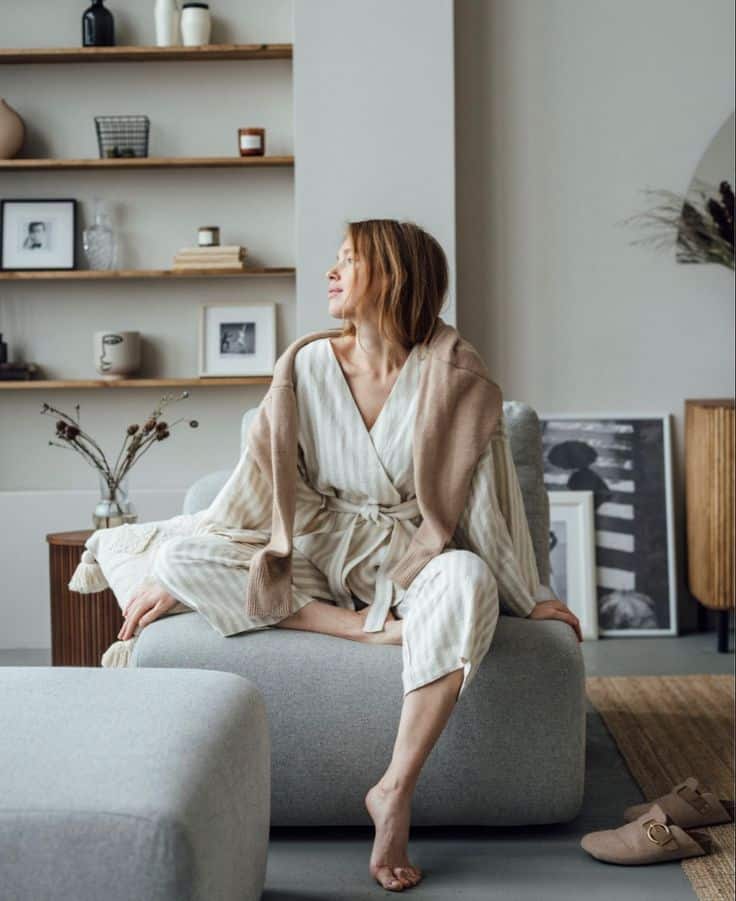
Hidden Costs
Although rent is cheaper, micro-apartments can have hidden costs. Storage outside the unit might be necessary, adding monthly fees. Some buildings charge extra for laundry machines or parking.
Space limitations may mean buying compact or multi-use furniture, which can be expensive upfront. Also, smaller kitchens might push people to eat out more often, increasing food costs. Noise and maintenance fees could also be higher in some buildings.
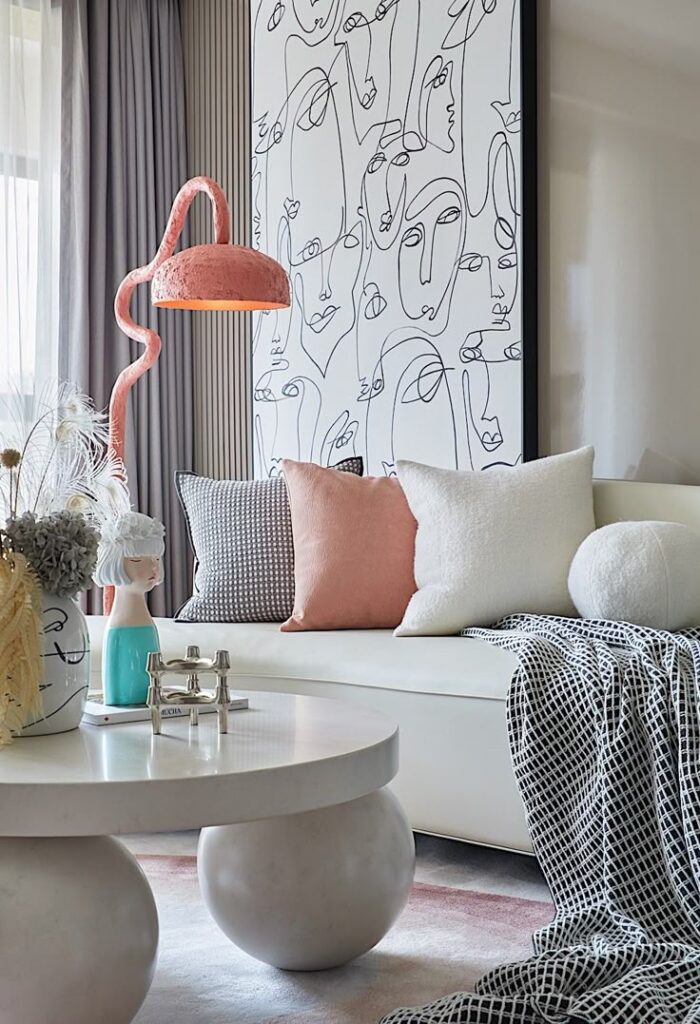
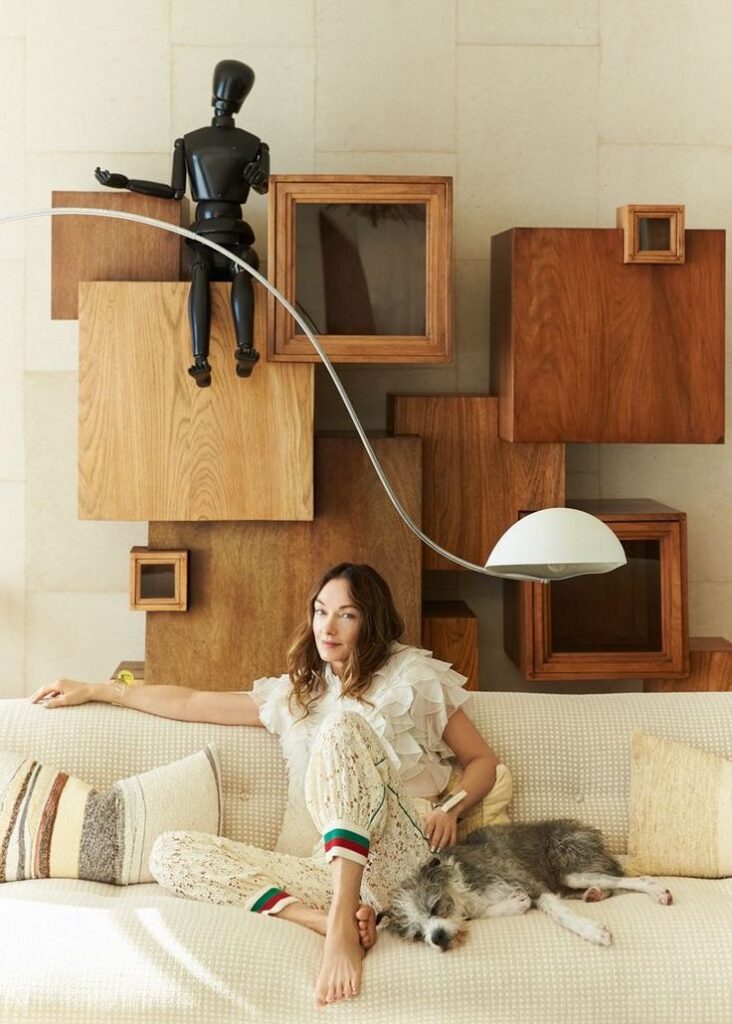
Return on Investment
Micro-apartments can be a good financial choice in cities with high rent prices. They let residents save money each month while living close to work or public transport. Over time, lower rent and utility bills can free up funds for other needs.
For investors, micro-apartments often have higher rental yields because of strong demand in urban areas. However, property values may not grow as fast as larger units. Resale might be harder but can offer steady income through tenants.
| Aspect | Micro-Apartment | Standard Apartment |
|---|---|---|
| Average Rent Savings | 30% to 50% less | Higher |
| Utility Costs | $30 to $70 monthly | $100+ monthly |
| Furniture Costs | Potentially higher upfront | Typically standard |
| Rental Yield | Often higher | Variable |
Who Should Consider Micro-Apartments?
Micro-apartments work well for people who need affordable, low-maintenance living spaces. They suit those with simple lifestyles and flexible needs. Space is small but efficient, so residents use it mainly for living and sleeping, not for lots of belongings.
Young Professionals
Young professionals often start careers in busy cities where rent is high. Micro-apartments offer a way to live close to work without paying for extra space they won’t use.
These apartments allow young professionals to spend less on rent and utilities. This saves money for other needs, like travel, social activities, or building savings.
The compact size fits a busy lifestyle. Cleaning and upkeep take less time, which helps those with long work hours or irregular schedules.
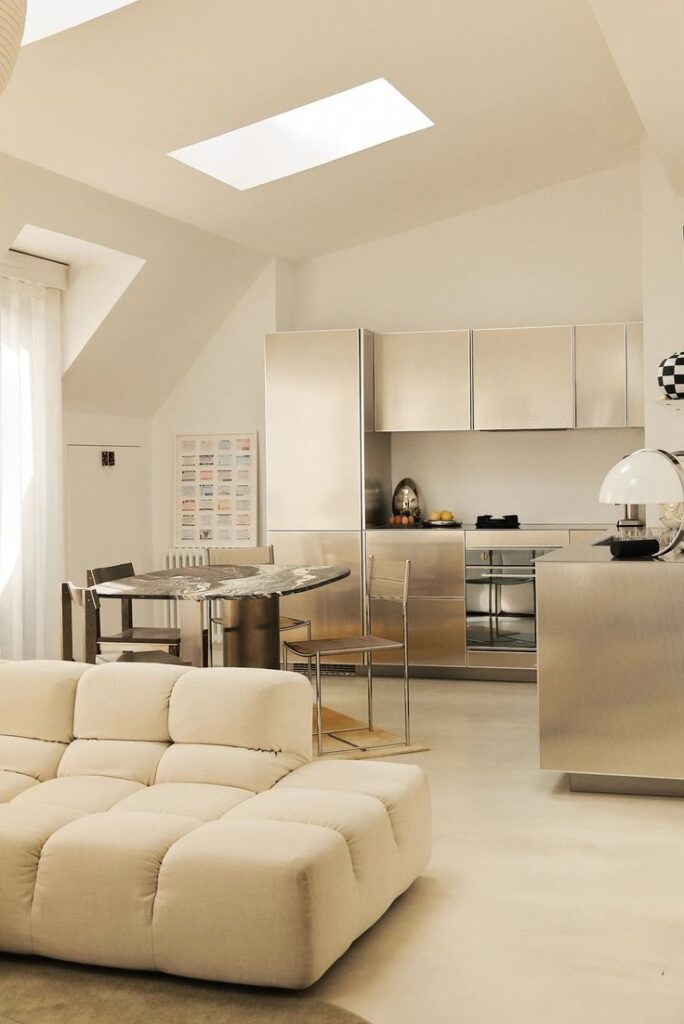
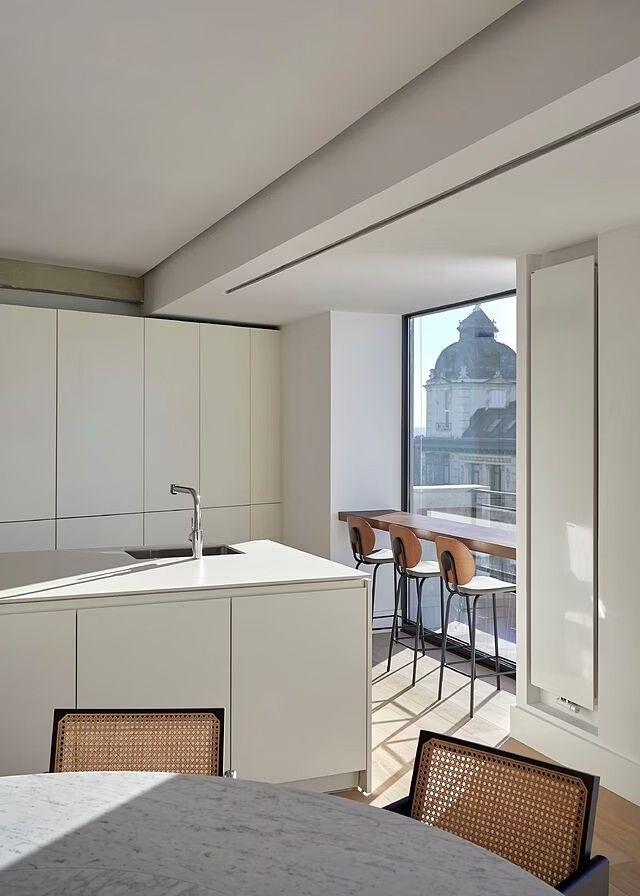
Students and Recent Graduates
Students and recent graduates usually need affordable housing near campuses or job centers. Micro-apartments provide a lower-cost option than traditional rentals.
They also help keep costs predictable by lowering monthly rent and utility bills. This can reduce student debt pressure and help with budgeting.
Small space encourages minimalism, which benefits those with few belongings. It often includes built-in storage to maximize use of every inch.
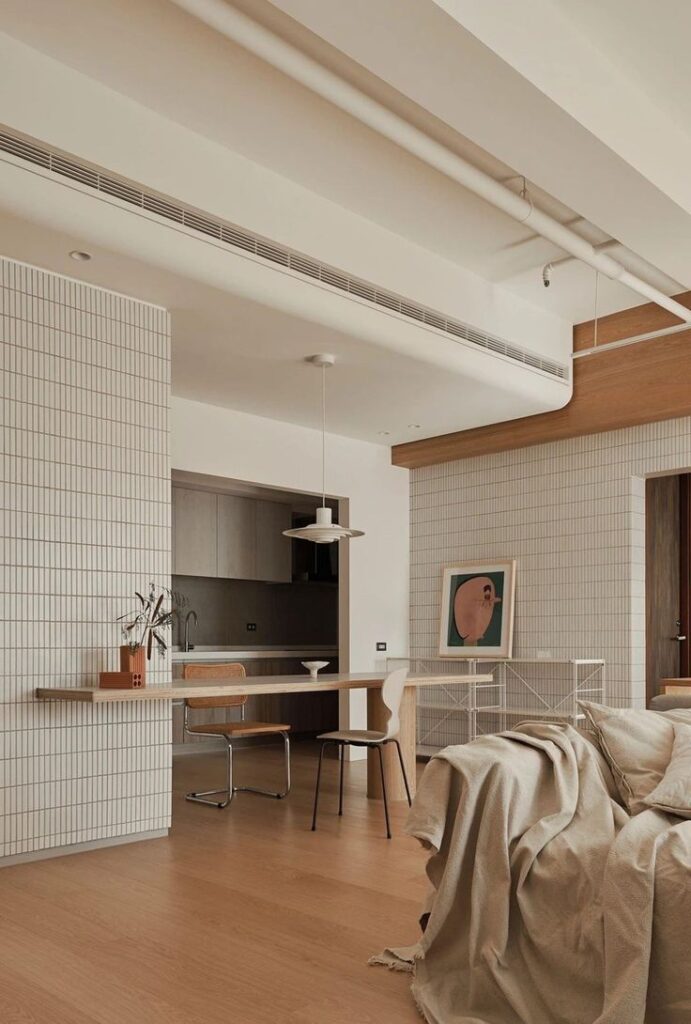
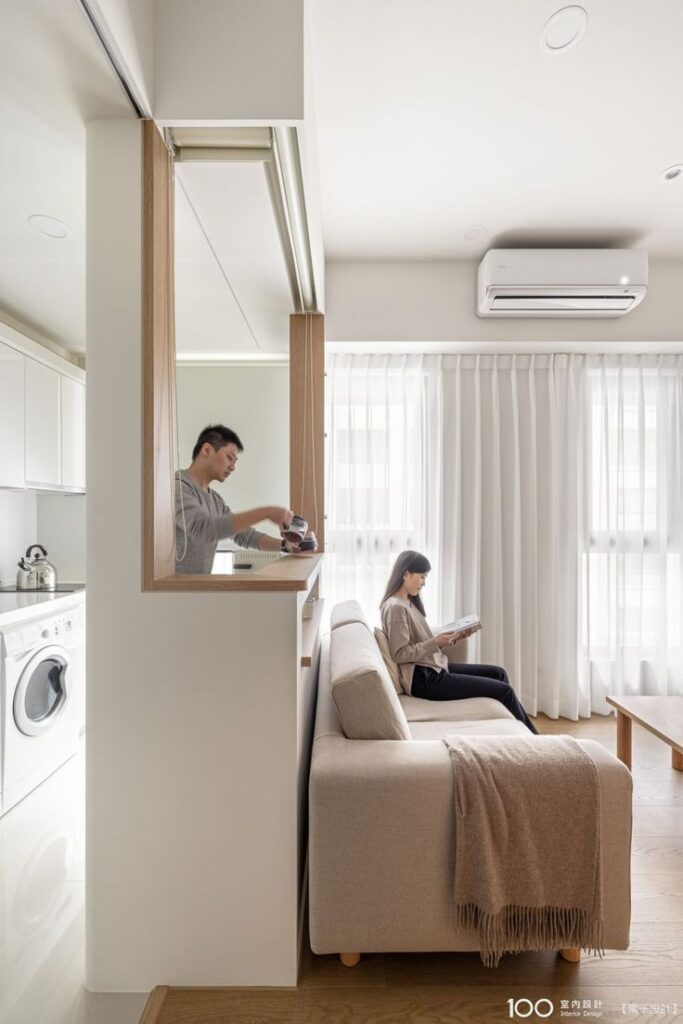
Frequent Travelers
People who travel often need flexible, low-commitment living arrangements. Micro-apartments offer just enough space without a big investment.
Frequent travelers can maintain a local base without worrying about big mortgage payments or long leases.
The small size means less worry about leaving a home empty. It’s easier to lock up and maintain when away for weeks at a time.
Global Trends and Future Outlook
Micro-apartments are becoming popular in many cities, driven by economic, technological, and cultural changes. These trends help define how people live in smaller spaces now and in the future.
Emerging Markets
Micro-apartments are growing fast in cities with high housing costs and limited space. Places like Mumbai, São Paulo, and Jakarta are seeing more of these units because they offer affordable housing options in crowded urban areas.
Governments in these regions sometimes support micro-apartments to address housing shortages. Developers focus on locations near public transport and jobs to attract young professionals and students.
High demand in these markets pushes builders to use efficient designs and shared facilities, such as communal kitchens and laundry rooms, to maximize space.
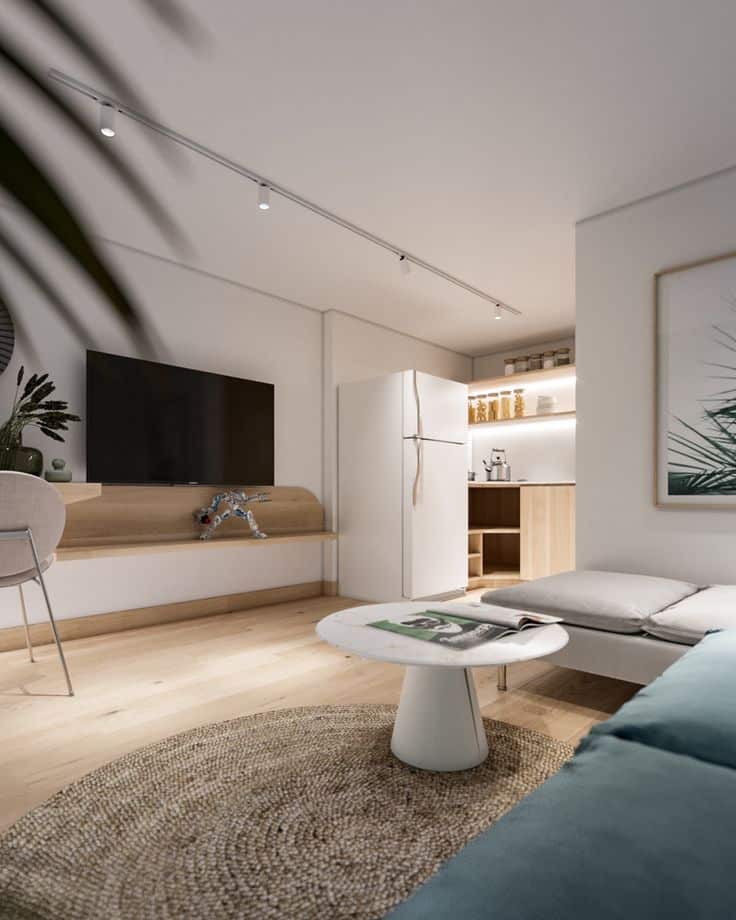
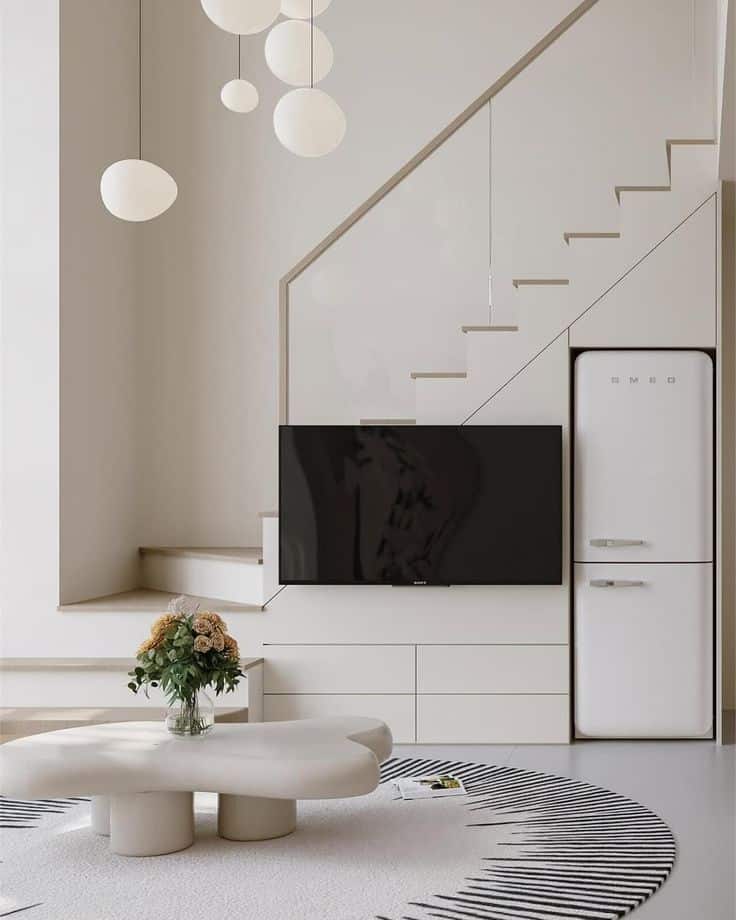
Technological Innovations
New technology makes living in micro-apartments easier. For example, smart furniture like foldable beds and tables helps save room during the day.
Digital tools allow residents to control lighting, heating, and security remotely. These features improve comfort in small spaces.
Also, online platforms help people find micro-apartments quickly and manage leases or payments without visiting offices. This innovation fits today’s fast-paced lifestyle.
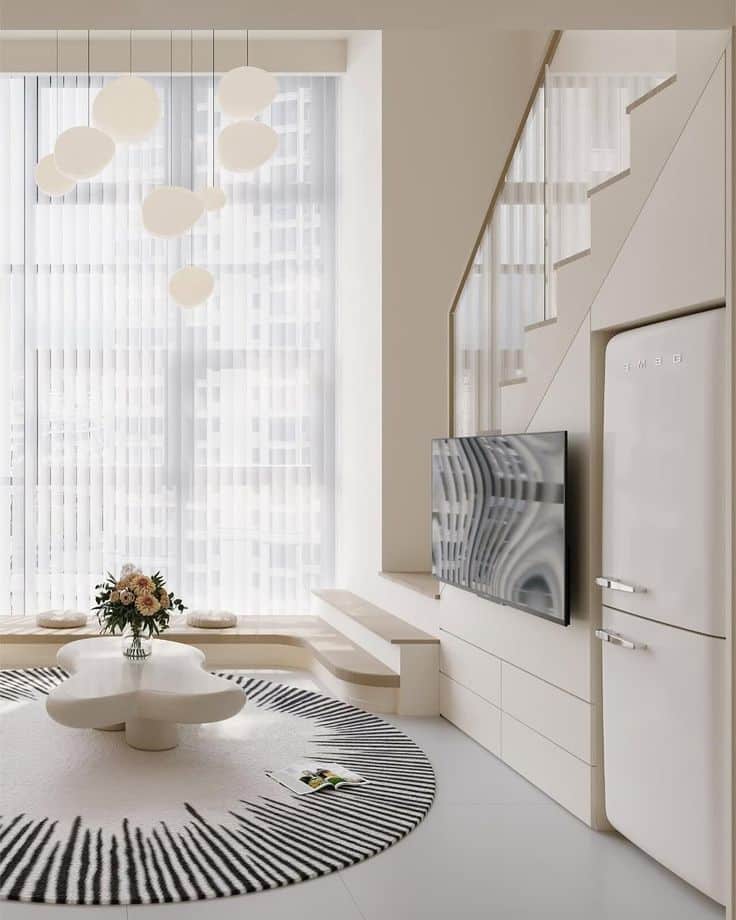
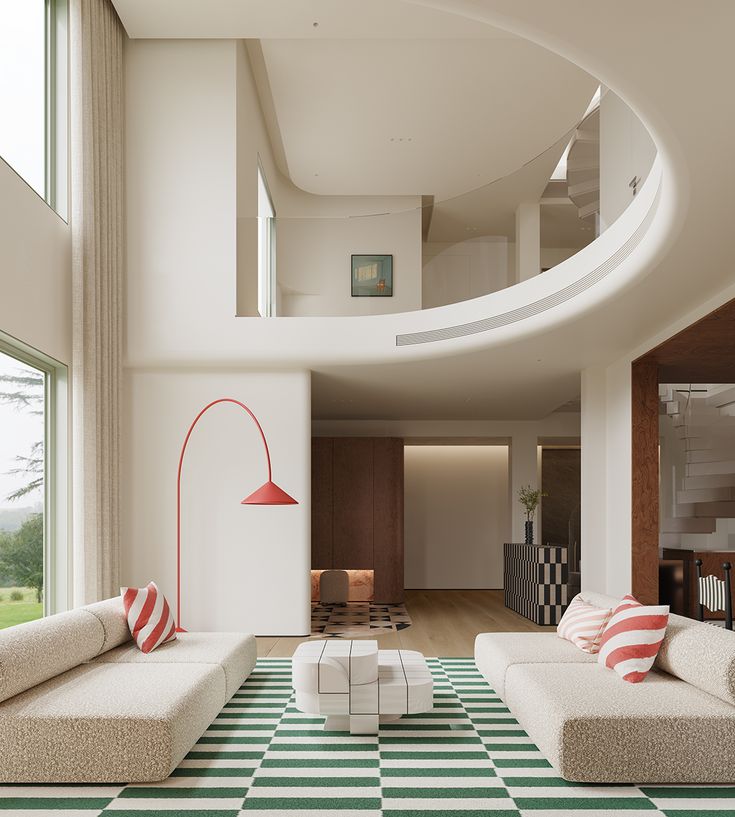
Changing Urban Lifestyles
People are choosing micro-apartments because they want to live closer to work and social life. Younger generations prefer smaller homes to reduce costs and focus on experiences.
Many residents see micro-apartments as a step toward minimalism and less materialism. They value convenience and community spaces over large private areas.
This change is also linked to remote work trends, where less indoor space is needed during the day, and people spend more time outside or in co-working spaces.
- 0shares
- Facebook0
- Pinterest0
- Twitter0

